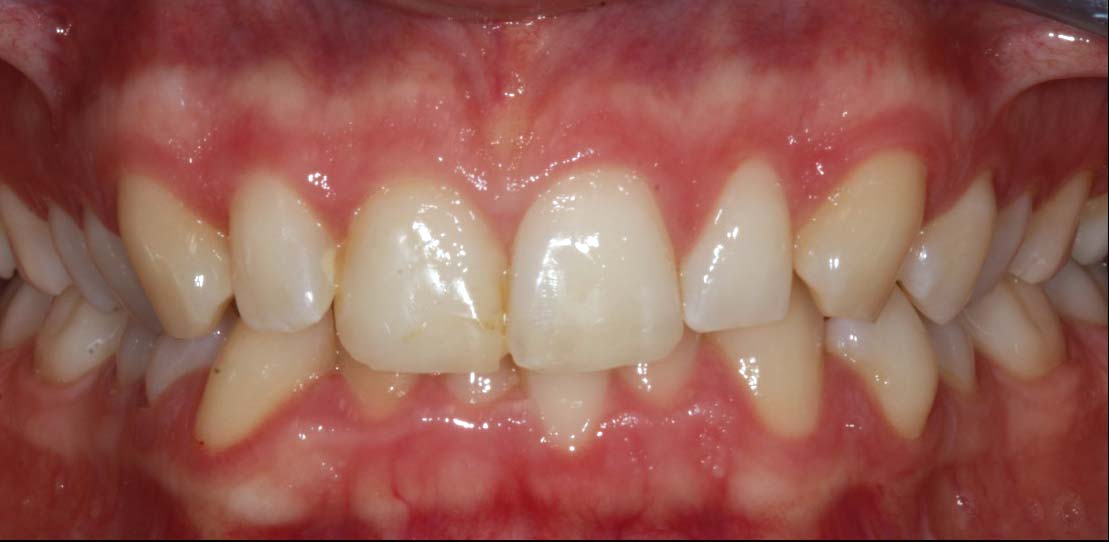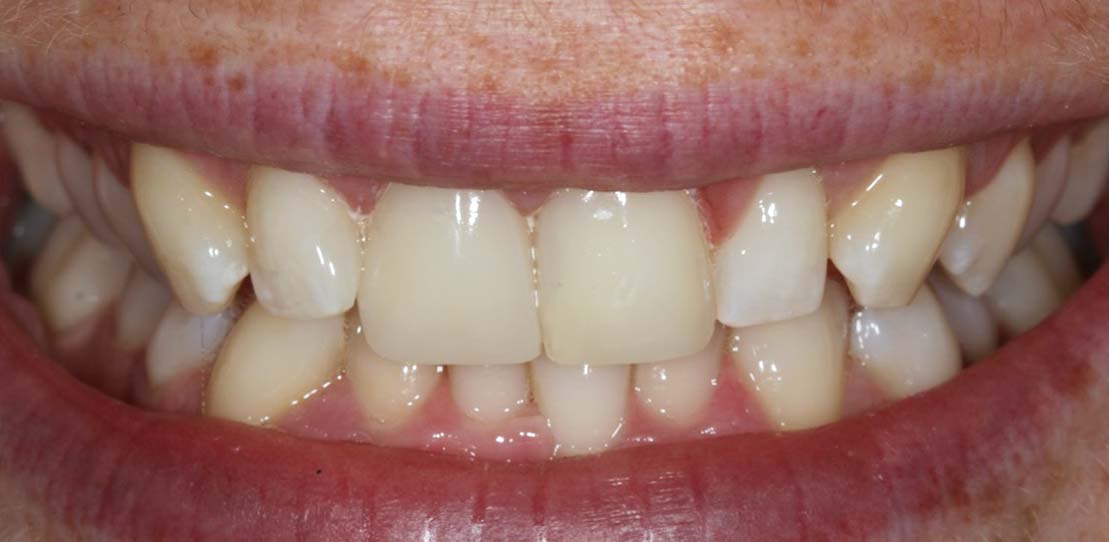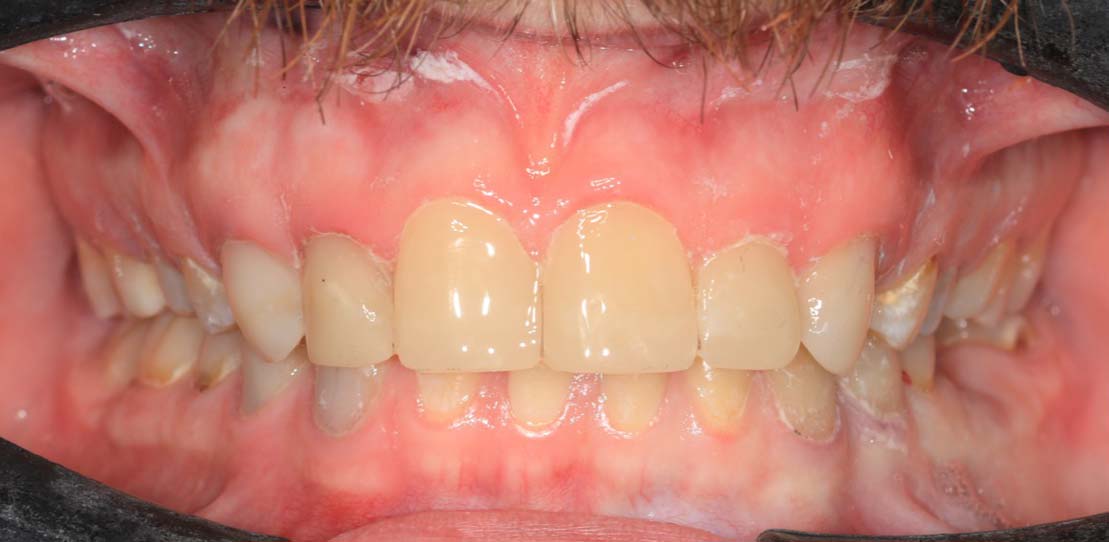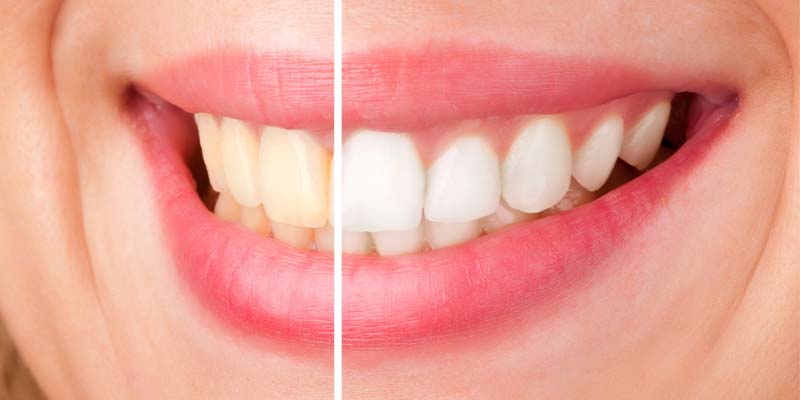Composite Bonding
Plymouth
What is composite bonding?
Composite bonding is a cosmetic dental treatment that’s minimally invasive, used to improve a patient’s smile, protect, and build up worn or damaged teeth. This technique can be used to alter length, shape, and mask imperfections. This cosmetic treatment can be carried out single tooth, or a full smile makeover including multiple teeth depending on the patients desired look. Composite bonding can also be used to cover part of a tooth such as a chip or break, or the whole tooth depending on what the clinician decided is best. It is a modern cost-effective way to restore teeth that can be done in practice. Results of composite bonding produce a natural teeth finish and refreshed look that allows the patient to regain confidence in their smile.
We are pleased to be able to offer this cosmetic service at Eilertsen Dental Care in Plymouth.
Teeth whitening
Please note: that if you have discoloured teeth and are considering having your teeth whitened, we recommend that this is done prior to composite bonding treatment, as the bonding resin will not whiten like your teeth will after.
Composite Bonding Procedure at Eilertsen Dental Care
Appointment 1:
Starting with an initial consultation where our clinician and the patient create an agreed composite bonding treatment plan and an understanding of the look that is to be achieved. This can include use of photographs to discuss the smile. This is also a chance to ask questions and ensure that there is a full understanding of the procedure.
Appointment 2:
Appointment 3:
Sometimes fine polishing requires a second appointment which will be communicated to you by the clinician. Any alterations that need to be made will be made in this appointment as well, until the patient and the clinician are both happy with the outcome.
Maintenance:
What are the Pros and Cons of Composite Bonding?
Pros:
- Composite bonding is minimally invasive
- More cost effective then other treatments
- With good maintenance, has a 5-7 year life span
- A natural refreshed look to improve the aesthetics of a smile
- Less chair time than alternative options
- Can easily be fixed if chipping occurs
Cons:
- This cosmetic bonding treatment isn’t completely reversible, but is less damaging to the tooth than alternative treatments
- Although shade matching will be done to the best of the clinicians ability, there can be a slight colour discrepancy between the natural tooth and the bonded tooth (this is more of a risk with single tooth bonding)
- Can be more prone to staining and chipping due to the nature of the material, but with good maintenance can be minimised
- Less of a lifespan than other alternatives
Is my composite bonding under a warranty?
Composite bonding doesn’t come with a warranty due to the number of factors that can affect the restorations in the patient’s lifestyle. However, there is a 3 month grace period in which the clinician can repair a chip or break if the bonding fails. If the break was due to the patient’s habits or poor choices (ie: opening bottles with their teeth, using teeth to open things or purposely biting on hard objects) the clinician will not be liable for this and additional costs will be incurred. After 3 months any damage will be down to the patient to cover the cost of.
Composite bonding cost?
Composite bonding treatment will be carefully planned by your clinician. For the primary stage, prices range from £250 – £450 per tooth, dependant on the extent of coverage required.






